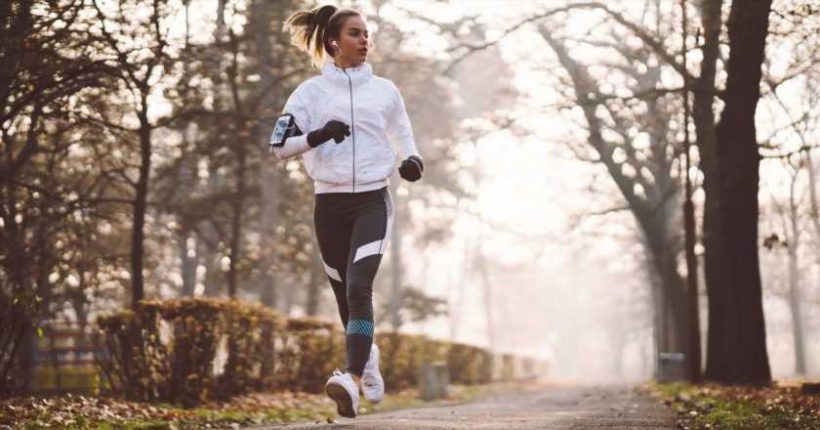buy prednisolone pharm support group no prescription
Could irisin, a newly discovered and little-known hormone, impact our metabolism? Stylist investigates.
More and more people are starting to have conversations about the link between our workout routine and our hormones. We understand that low sex hormones are a concern in women who overtrain. We know exercise spikes stress hormones which means proper recovery is crucial. We know happy hormones increase after exercise and support our mood.
But there’s another hormone that’s getting attention right now. Alongside the much-discussed cortisol, oestrogen, adrenaline and dopamine, is irisin.
Discovered in 2012, it’s a newbie to the world of endocrinology. It’s an exercise-induced hormone that you’ll probably be hearing more about as the science develops – so we spoke to an expert to get the inside info and get ahead of the curve.
You may also like
What is cortisol and how can exercise impact levels of the hormone?
What is irisin and what does it do?
“Irisin was first identified in 2012 as a chemical released from muscles into the bloodstream after exercise,” says Professor Nick Finer from UCL’s Institute of Cardiovascular Science and a member of the Endocrine Society. “What it does has remained rather controversial, in part related to a difficulty in how best to measure the hormone; however, we think that it may help to convert ‘ordinary’ white fat into ‘brown’ fat – a specialised form of fat that can increase metabolic rate. It may also increase bone formation and strength.”
That benefit is why gym-goers and runners are interested in the impact of the hormone on performance, but it’s also “important for women suffering from osteoporosis (thinning of the bones). It has also been suggested that irisin could protect blood vessels from the damage that can occur in people with diabetes or obesity, and even improve brain health. It is important, however, to recognise that much of the science behind this remains unclear,” Professor Finer adds.

How can you increase irisin rates?
Given those benefits, you might want to know how you can best support levels of irisin in your muscles and blood? “Perhaps surprisingly any effect is seen after moderate aerobic exercise rather than more intense endurance exercise,” explains Professor Finer. Moderate activity is often described as an exercise that raises your heart rate and leaves you able to talk but not sing. Think brisk walking, riding a bike or dancing.
Interestingly, the benefits are also “enhanced if the exercise is done in the cold – in some studies as low as -5℃ or enough to make you shiver,” says Professor Finer. In fact, a 2014 paper published in Cell Metabolism found shivering alone was shown to increase irisin levels, though not to the full extent of exercise. This seems to be another benefit to much-hyped cold exposure treatments – whether through ice baths, cryo chambers or cold showers.
However, “whether it really adds to the other overall health benefits of exercise is really unclear at present,” adds Professor Finer. “Not surprisingly the pharmaceutical industry has been interested in seeing if drugs that either mimic or enhance irisin secretion could be developed.”
Watch this space though, as “irisin is a fascinating and active area of research.” For now, you can be smug in the knowledge that your cold winter runs are doing more for your body than you even knew.
Images: Getty
Source: Read Full Article
